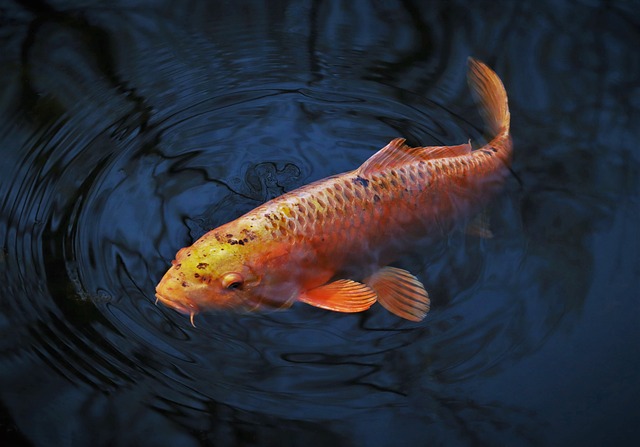Embracing Tradition: The Art of Drying Carp for Handcrafted Masterpieces
For artisans, every element of their craft reflects a delicate balance between nature and skill. When working with organic materials, such as dried fish, there’s a profound connection to the ancient processes that have been honed over generations. Dry carp is one such medium that embodies this timeless relationship, offering a unique texture and character that can elevate your handcrafted creations to an exceptional level.
Why Dry Carp?
In the realm of handicrafts, the choice of raw materials not only impacts the final aesthetic but also tells a story. Dry carp is more than just a preserved fish — it carries with it the echoes of rivers, seasons, and artisanal patience. The drying process transforms the carp’s natural qualities, making it resilient and lending it an organic charm that’s hard to replicate with synthetic alternatives. When incorporated into handicrafts, this dried material embodies authenticity and tradition.
The Drying Process: Patience Meets Precision
Mastering the drying of carp requires both patience and attention to detail. The first step involves carefully selecting fresh carp, ensuring its quality. Once cleaned and prepared, the fish is subjected to a controlled drying environment — this can be traditional air-drying under natural sunlight or using modern drying chambers that regulate temperature and humidity.
Each method has its merits. Natural air-drying offers a rustic and slightly unpredictable texture, capturing the essence of days past, while controlled drying guarantees consistency and reduces unwanted spoilage. Artisans must find a balance that suits their creative intent and desired final outcome.
Incorporating Dry Carp into Your Handicrafts
Once the carp is appropriately dried, it’s ready to become part of your handcrafted wonders. Whether you’re creating ornamental pieces, wall hangings, or even tactile jewelry, the unique texture and subtle color variations of dry carp add depth and character. Artisans often embrace the slight imperfections, viewing them as signatures of natural beauty.
Moreover, working with dry carp demands respect for the material — gentle handling to avoid cracks, mindful trimming, and sometimes combining it with dyes or sealants to preserve its longevity. This careful approach not only safeguards the work but also honors the traditional craft from which the material originates.
Connecting with Your Craft through Dry Carp
At its core, the process of drying carp and using it in handicrafts is a meditation on patience, respect, and the celebration of natural materials. It invites artisans to slow down, engage with textures and scents that evoke the waterside and rural landscapes, and ultimately produce pieces that carry a soul beyond mere aesthetics.
By embracing dry carp in your handiwork, you’re not just choosing a material; you’re joining a lineage of creators who treasure the harmony between art and nature. This connection breathes life into your craft and allows your artistry to shine with handcrafted perfection.
